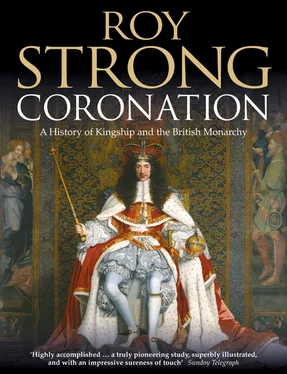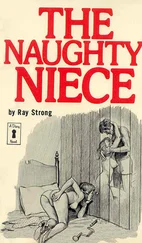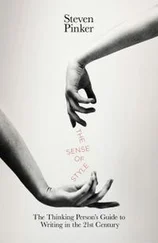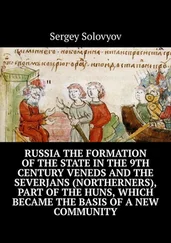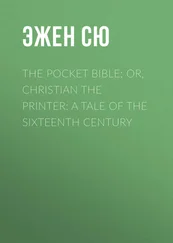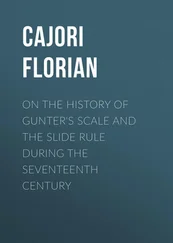The period 1377 to 1533, which begins with the Coronation of Richard II and closes with that of Anne Boleyn, is a dynamic one as the occasion explodes in all directions. There were fifteen Coronations in all. Of some we know a great deal and of others practically nothing. What can be said is that they all reflect the same impulses and can therefore be treated as a group. For convenience I list them:
| Richard II |
17 July 1377 |
| Anne of Bohemia |
22 January 1382 |
| Isabella of France |
5 January 1397 |
| Henry IV |
13 October 1399 |
| Joan of Navarre |
26 February 1403 |
| Henry V |
9 April 1413 |
| Catherine of France |
2 February 1421 |
| Henry VI |
6 November 1429 |
| Margaret of Anjou |
30 May 1445 |
| Edward IV |
28 June 1461 |
| Elizabeth Woodville |
26 May 1465 |
| Richard III and Ann Neville |
6 July 1483 |
| Henry VII |
30 October 1485 |
| Elizabeth of York |
25 November 1487 |
| Henry VIII |
24 June 1509 |
| Anne Boleyn |
1 June 1533 24 |
To these should be added the abortive Coronation of Henry VIII’s third queen, Jane Seymour, delayed on account of plague and eventually abandoned owing to her death.
The days chosen included feast days. Henry IV, for example, was crowned on the feast of the translation of St Edward and his son on Passion Sunday. Such a litany of Coronations is an indication of their indispensability for anyone who wished to wield power. But the fact that the crown was seized first by this claimant and then by that for a time threatened to undermine the Coronation’s centrality as the key rite of passage. Indeed, if it had not been for the return to stability after 1485, it was in danger of being marginalised.
THE CORONATION UNDER THREAT
Between 1377 and 1533 four monarchs came to the throne other than as direct heirs apparent. Each needed to be recognised as king virtually instantly, certainly before the increasingly elaborate ceremony of a Coronation in the Abbey could be mounted. As a consequence of this it was inevitable that some kind of secular enthronement began to be evolved to bridge the gap until the mystery of unction could be bestowed.
The occasion arose first in 1399 when Richard II was deposed. On 29 September Henry of Lancaster, accompanied by a great train of prelates and lords, made his way to the Tower, where the king was held prisoner. The chronicler Froissart describes how Richard was brought into the hall ‘aparelled lyke a kyng in his robes of estate, his scepter in his hande, and his crowne on his head’. 25 He then formally renounced the crown, assigning it to Henry of Lancaster, taking it from his head and handing it to him. He, in turn, passed it to the Archbishop of Canterbury, and both it and the sceptre were placed in a coffer and carried to Westminster Abbey. This cannot have been anything other than a piece of invented ceremonial. 26
On the following day Parliament renounced its allegiance to Richard. From the chronicler Adam of Usk we learn that Richard’s ring had been taken from him and, in the presence of Parliament, was presented to Henry. The Archbishop of York then read, as though in the person of the deposed king, his surrender of the crown. That was followed by a sermon by the Archbishop of Canterbury on the evils of Richard, extolling the virtues of Henry, after which what amounted to some kind of secular enthronement and oath-taking under the aegis of both archbishops took place: ‘the throne being vacant … the said duke of Lancaster, being raised up to be king, forthwith had enthronement at the hands of the said archbishops, and, thus seated on the king’s throne, he there straightway openly and publicly read a certain declaration in writing …’ 27
That pledge stated his lawful right of succession and that he affirmed the legal status quo. This event established a precedent whereby someone became king at once. It was one which was to be built on in such a way, as the fifteenth century progressed, that it threatened to undermine the rite of Coronation.
It is significant that Henry IV did not resort to what is prescribed for the morning of the Coronation in both the Westminster Missal and the Liber Regalis, that the prelates and nobles of the realm should assemble at the palace ‘to consider about the consecration and election of the new king, and also about confirming and surely establishing the laws and customs of the realm’. 28 That had been done in 1308 and 1327, but kings thereafter did all they could to pull the monarchy back from any hint of election. Henry IV and his successors worked from the premise that the crown was theirs by right.
Ironically, the precedent set by Henry IV was to be revived not by a Lancastrian king but by two Yorkist ones, Edward IV and Richard III. 29 As in 1399, both kings needed to be seen to ascend the throne immediately as the result of popular acclamation. In 1461, the sequence of events began with a proclamation calling upon all men to meet at St Paul’s the following day, 4 March. On that occasion Edward made a solemn offering at the high altar, the Te Deum was sung and George Neville, Bishop of Exeter, preached at Paul’s Cross setting forth the Yorkist claim to the crown. Edward then rode to Westminster, entered the hall and went into that part of it which since the fourteenth century had housed the Court of Chancery. There before the primate, Thomas Bourchier, the chancellor, George Neville, and the lords he put on the royal parliament robes and a cap of maintenance (not a crown) and took what was in effect a version of the Coronation oath: ‘that he sholde truly and justly kepe the realme and the lawes thereof maynteyne as a true and juste kyng’. Some sources add that this was taken after an acclamation by the populace gathered in the hall. Edward IV then took possession of the marble King’s Bench, that place from which the law-giving virtues of the crown were held to emanate. There he sat in majesty holding a sceptre.
After this he proceeded to Westminster Abbey, where he was met in procession by the abbot and his monks bearing the sceptre of St Edward, which was presented to him. He was then conducted to the high altar and to the Confessor’s shrine, at each of which he made an offering. After this he descended into the choir and sat on a throne while the choir sang the Te Deum, which was followed by the rendering of homage by the peers. Then something akin to the old Laudes regiae was sung. Edward IV was not crowned until three months later, after his defeat of the Lancastrians at Towton, a fact which, although unintentional, gave an impression that Coronation was an additional rather than an essential rite of passage for a king.
Over twenty years later, in 1483, the whole sequence was repeated with variations for Richard III. On 26 June he rode to Westminster Hall, put on the royal robes and, bearing a sceptre in his hand, took possession of the royal estate by an act of enthronement on the marble chair of the Court of the King’s Bench. Richard also took an oath and, like Edward, dated his reign from that day. He also went to the Abbey, received the sceptre, made offerings and heard the Te Deum, but homage was not rendered, the king preferring to return in procession to the City to St Paul’s. 30
What are we to make of all this? Richard was crowned only ten days later (much must have been in hand already for the Coronation of Edward V), but Edward IV put off his Coronation until as late as 28 June. These happenings reflect a keen awareness of where the ability to king-make now resided, and that it was no longer solely with the clergy and their rites within the Abbey. Securing London with its vast commercial riches and teeming populace was seen to be crucial to anyone who aspired to be king. That is caught in the fact that two days after his Coronation Edward IV returned to the City and wore his crown to St Paul’s, where an angel descended and censed him. Under the Yorkists crown-wearings, too, were revived and Richard III even wore his into battle. On 22 August 1485 that crown was taken from his body at the battle of Bosworth and set on the head of an obscure Welsh magnate, Henry of Richmond. It was, as the king’s official historian, Polydore Vergil, was to write, as if he had been ‘already by commandment of the people proclamyd king after the maner of his auncestors, and that was the first signe of prosperytie’. 31 In this way Henry VII was king de facto, by conquest, if not yet de jure.
Читать дальше
